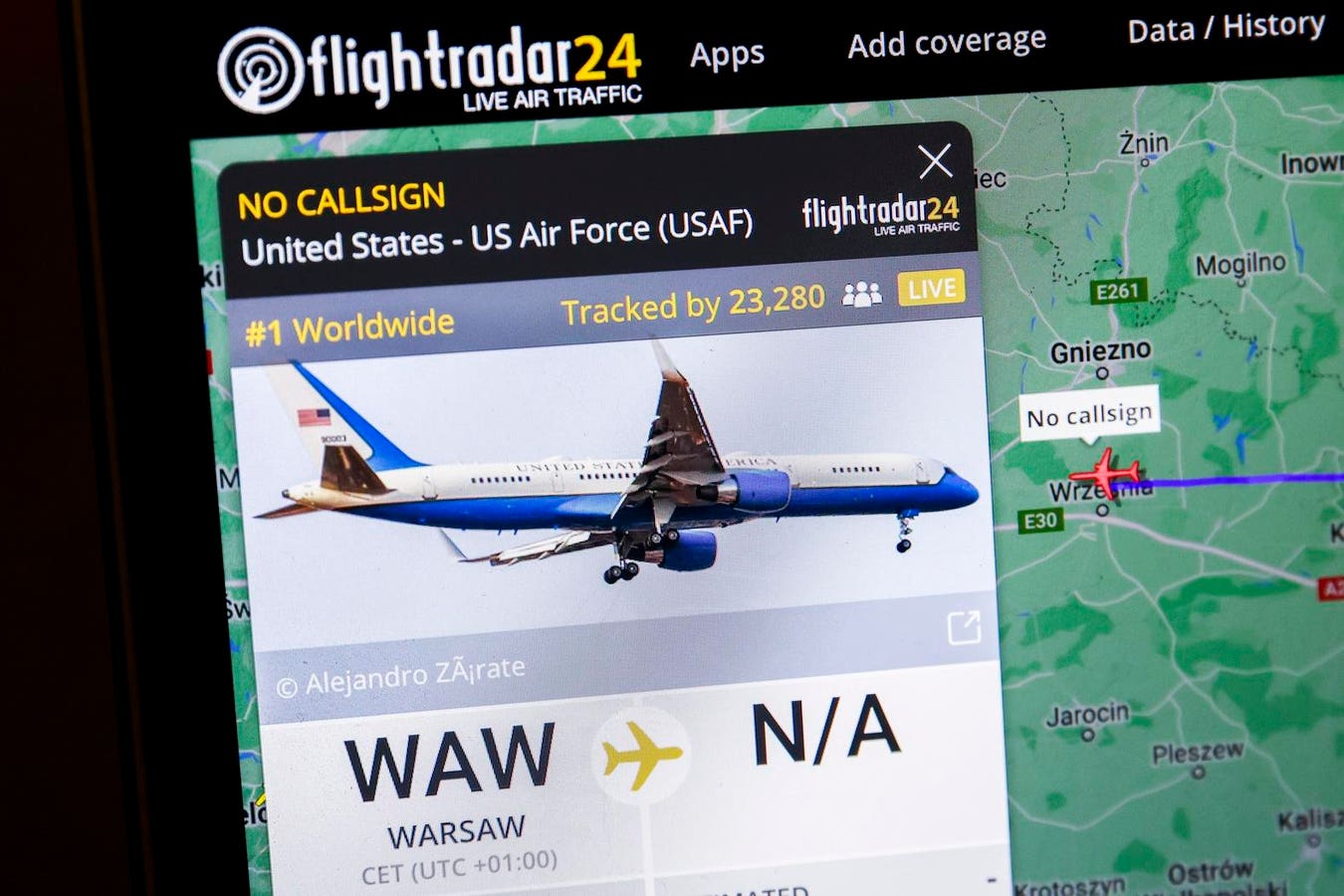The Federal Aviation Administration is advising pilots to prepare to use conventional navigational aids to manage the risks of ‘spoofing’ attacks on global positioning systems and global navigation satellite systems.
Incidents of aircraft navigation systems disrupted by false data have become more frequent, causing pilots to veer dangerously off course. Though all pose a danger to aircraft, interference, jamming, and spoofing, differ in the extent of risk.
Interference and jamming prevent aircraft navigation systems from obtaining a reliable positioning signal. Spoofing sends false navigational data, sometimes corrupting critical flight systems and making them unusable.
In a recently published Safety Alert for Operators, the FAA advises civilian flight crews to monitor the performance of their equipment onboard, report any GPS/GNSS issues to air traffic controllers, and prepare to fly without digital satellite navigation systems before they take off.
Understanding the Threat To Global Navigation Satellite Systems
GPS/GNSS attacks threaten defense, maritime, aviation, and other transport and critical infrastructure reliant on satellite global positioning data. In the skies, interference, jamming, and spoofing have affected military aircraft, commercial airlines, and private jet operators.
“The Airbus Flight Data Monitoring has reported a substantial increase in GNSS outages, with 49,605 incidents in 2022 compared to 10,843 in the previous year,” the European Business Aircraft Association reported in November last year.
These incidents most often occur near conflict zones and military operations. Sometimes GPS/GNSS interference, jamming, and spoofing are used as countermeasures to drones and missile attacks. Whether applied as a defense strategy or as a deliberate attack by nefarious actors, GPS/GNSS disruptions can put civilian flights at risk.
Pilots can no longer rely on digital satellite data-dependent navigation systems when faced with these attacks. They must contact air traffic control to recover navigation; depending on where they are, that may not be immediately possible.
Pilots and air traffic controllers can lose situational awareness, which could lead to an increased workload to manage the flight, an unintended flight diversion, or an accident.
Spoofing Degrades Multiple Flight Systems
Some warning signs of potential spoofing mentioned in the FAA’s SAFO include a significant GPS/GNSS display shift, warnings of position error from flight navigation systems, and aircraft clock changes showing incorrect time. The combination of these false indicators can disorient pilots and increase their workload to recover safe operations.
The FAA’s advisory also warns of potentially unreliable triggering of aircraft terrain avoidance and warning systems. This type of system failure might give pilots the false impression they are about to collide with the ground or fail to warn pilots when they are. The attacks could also feed false data to the aircraft’s moving map and the pilot’s electronic flight bag. While pilots previously used paper guides to make critical flight calculations, many of these guides are now digital. The potential corruption of EFBs could make it difficult, for example, for pilots to calculate whether they have sufficient fuel to recover if they have drifted off course.
Also at risk is the aircraft’s Automatic Dependent Surveillance-Broadcast system, which helps identify and track aircraft during a flight. During some recent incidents, aircraft have disappeared from sites that track them.
These attacks can also degrade air traffic management infrastructure on the ground that relies on GPS/GNSS data. As a result, air traffic controllers may be unable to help pilots avoid infringing on protected airspace or veering from their approved flight path.
The FAA warns that flight operators should prepare for potential risks by checking Notices to Air Missions and planning fuel supply to adjust to aircraft deviations before departure. The FAA also recommends pilots “research alternative conventional arrival/approach procedures at the destination and all alternate airports.” When flying in locations of reported interference, the FAA advises pilots should use conventional navigational aids and flight instruments rather than relying on digital systems.
‘Spoofing’ Technology Is More Accessible Than Before
The extent to which a spoofing attack could compromise systems is worrying, especially for those flying over danger zones as they cross the globe.
The European Union Aviation Safety Agency and the International Air Transport Association organized a workshop with key stakeholders to discuss incidents and develop strategies to protect civil aviation.
While the aerospace industry grapples with the threat, these attacks are more accessible for bad actors to deploy than in the past.
French aerospace conglomerate Safran has developed simulators to test navigation systems’ resilience against spoofing scenarios. Safran states in a brochure for its defense simulators, “Until a few years ago, a GNSS spoofing attack required expensive, high-end equipment in the $50,000- $500,000 range. Today, low tech equipment and open source software can enable anyone to spoof for as little as $100.”
Read the full article here





